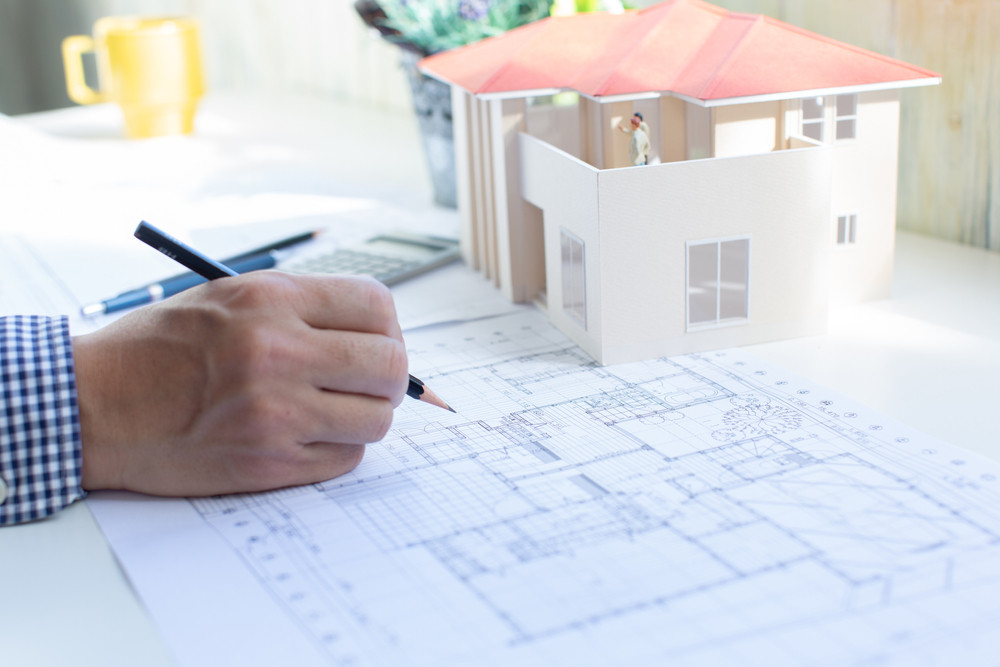The Influence of Technological Improvements on the Design Practices of Contemporary Architects
The quick evolution of technical devices has dramatically reshaped the design landscape for contemporary engineers, fostering extraordinary levels of advancement and sustainability. Checking out these dynamics exposes a nuanced interplay in between modern technology and traditional layout methods, triggering a more detailed evaluation of what the future holds for building practices.
Development of Architectural Devices
How have architectural devices changed the design and construction procedures over the centuries? The advancement of architectural devices has actually significantly affected the performance, accuracy, and creativity of style and construction.
With the arrival of the Renaissance, the introduction of the compass and the protractor marked an essential change. These devices made it possible for designers to achieve higher accuracy in their designs, facilitating the development of more detailed and proportional buildings. The Industrial Change further transformed building exercise with the intro of mechanized tools and materials, enabling larger and more enthusiastic projects.
In the 20th century, the advancement of computer-aided design (CAD) software application changed the landscape once again, offering engineers with unprecedented abilities in modeling and visualization. Today, progressed devices such as Building Information Modeling (BIM) and parametric design software continue to push the borders of architectural development, making it possible for a more integrated strategy to design and construction processes.
Boosted Cooperation in Layout
As technology remains to progress, enhanced cooperation in design has actually become a keystone of contemporary architectural practice. The combination of electronic tools such as Structure Information Modeling (BIM), cloud-based platforms, and progressed visualization software program has actually changed the means architects, designers, and stakeholders interact throughout the style process. These devices assist in real-time interaction, permitting groups to share concepts, alterations, and feedback instantaneously, despite geographical area.

Additionally, interdisciplinary partnership has been structured with these technical innovations, allowing architects to work more carefully with other professionals, such as metropolitan planners and ecological specialists. The outcome is a much more natural strategy to create that takes into consideration various viewpoints and know-how. Eventually, boosted partnership in style is not just a fad; it is necessary for producing cutting-edge, functional, and aesthetically pleasing style in a significantly intricate world.
Sustainability Via Technology
Sustainability in style has actually increasingly come to be linked with technological development, driving the industry toward eco liable methods - cda architects. Contemporary engineers are leveraging sophisticated technologies to lessen ecological influence while improving the performance of structures. One prominent instance is using Building Details Modeling (BIM), which allows for specific preparation and source allotment, minimizing waste during construction and promoting power performance throughout a structure's lifecycle
Moreover, clever products and energy-efficient systems are being incorporated right into styles to optimize resource use. Technologies such as solar batteries and green roof covering systems harness eco-friendly power sources, adding to reduced carbon footprints. In addition, the application of synthetic intelligence in layout processes enables designers to mimic and evaluate power consumption, leading decisions toward even more sustainable end results.
The integration of sustainable technologies not only lines up with international environmental goals but also fulfills an enhancing need from consumers for environmentally friendly services. As engineers embrace these innovations, the emphasis shifts in the direction of creating areas that are not just visually pleasing yet click this also functionally lasting, thus redefining visit our website the criteria of contemporary architecture. By doing this, modern technology works as a stimulant for sustainability, making it possible for architects to create buildings that regard and enhance the natural surroundings.
Challenges in Implementation
While technological improvements in style hold wonderful assurance for improving sustainability, their execution frequently encounters considerable difficulties - cda architects. One main obstacle is the high knowing contour related to brand-new innovations. Designers and building and construction professionals might call for extensive training to effectively make use of sophisticated software application and tools, which can postpone project timelines and boost prices
In addition, the integration of emerging modern technologies, such as Building Info Modeling (BIM) and sustainable materials, frequently requires partnership across multidisciplinary teams. This cooperation can be hindered by differences in proficiency, process, and interaction styles, resulting in possible problems and inadequacies.
Financial restraints further make complex the fostering of cutting-edge innovations. Lots of building firms, especially smaller ones, may do not have the sources to buy advanced tools, restricting their capability to complete with bigger companies that can afford such financial investments.
In addition, regulatory structures and building ordinance may not keep rate with technological innovations, creating ambiguity and potential compliance concerns. This challenge can discourage architects from fully embracing brand-new innovations, as the danger of non-compliance may surpass the advantages. Resolving these execution difficulties is critical for the effective integration of technological advancements in modern building techniques.
Future Trends in Style
The difficulties connected with the execution of brand-new innovations in style have actually motivated a reevaluation of future patterns within the market. As engineers click to find out more browse issues such as sustainability, urbanization, and social equity, they are progressively adopting innovative modern technologies to improve layout performance and environmental efficiency.
One famous trend is the integration of expert system (AI) in the layout procedure. AI devices can evaluate huge datasets to notify style choices, enhancing both creativity and functionality. Structure Information Modeling (BIM) continues to advance, making it possible for real-time partnership amongst stakeholders and promoting structured job monitoring.
Sustainable layout methods are also getting momentum, with engineers concentrating on adaptive reuse and regenerative layout principles that lessen resource usage and waste. The unification of smart products and eco-friendly energy resources will certainly additionally improve the strength of structures when faced with climate change.

Verdict
Technological developments have actually considerably reshaped architectural design practices, helping with boosted precision, collaboration, and sustainability. The integration of tools such as Building Information Modeling and parametric layout software application, together with synthetic intelligence and smart products, encourages architects to deal with intricate obstacles much more efficiently.